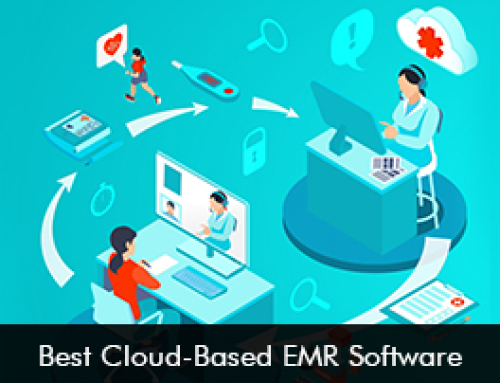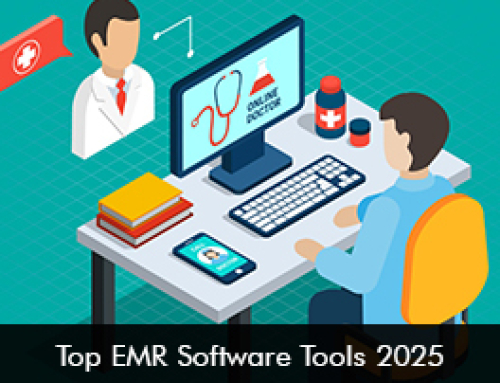To enhance sustainable telemedicine processes, virtual waiting rooms can be fruitful for healthcare providers and dentists. The virtual waiting room can substitute the traditional waiting room at the doctor’s clinic. A virtual waiting room can have positive impacts on patient experience as it has been able to provide a safer waiting option during the pandemic.
What is a virtual waiting room?
A virtual waiting room is also called a mobile waiting room or a curbside check-in. The virtual waiting room service allows patients to check in through their smartphones and it notifies them when it is their turn to see the clinician for the checkup. The patient does not need to wait inside the clinic and can remain in their car while they wait to see the doctor.
The purpose of a virtual waiting room in healthcare
An ideal waiting room can have the following two objectives.
- Giving patients the freedom to wait privately and avoid being present in a crowded waiting room.
- Helps to facilitate a smooth check-in process for Telemedicine EMR Software visits.
How can a virtual waiting room improve the healthcare office?
Virtual waiting rooms have many benefits such as increased patient satisfaction, streamlined patient intake and even reduce number of no-shows. Here are 5 ways it can enhance the healthcare office,
- Creates a patient-friendly environment – Some patients may find waiting in the traditional waiting room frustrating and annoying. Patients with underlying health conditions or who are immunocompromised are at a greater risk of getting infected as they have contact with other people. The virtual waiting room has a patient-friendly environment and increases patient satisfaction.
- Ensures privacy and security – There are privacy challenges when it comes to the traditional waiting rooms since there is close contact when patients are filling out registration forms. When a virtual waiting room is used the issue of security is eliminated as healthcare providers can use HIPAA Compliant technology to collect patient data.
- Reduced stress levels for staff – The remote patient check-n process automates workflows and streamlines processes. Patient information can be captured and synced efficiently and automatically. This keeps stress levels at bay and staff members can focus on other important tasks.
- Streamline the pre-screening process – When a remote patient registration process is leveraged the pre-screening process will be streamlined to boost efficiency levels. Chatbots or digital pre-intake forms can be used to collect patient information digitally.
- Enhance communication – Virtual waiting room services use direct messaging methods to communicate with patients. Usually, customized messages are sent to patients to notify them when the waiting room is ready. This is a convenient and effective way of communicating with patients.








